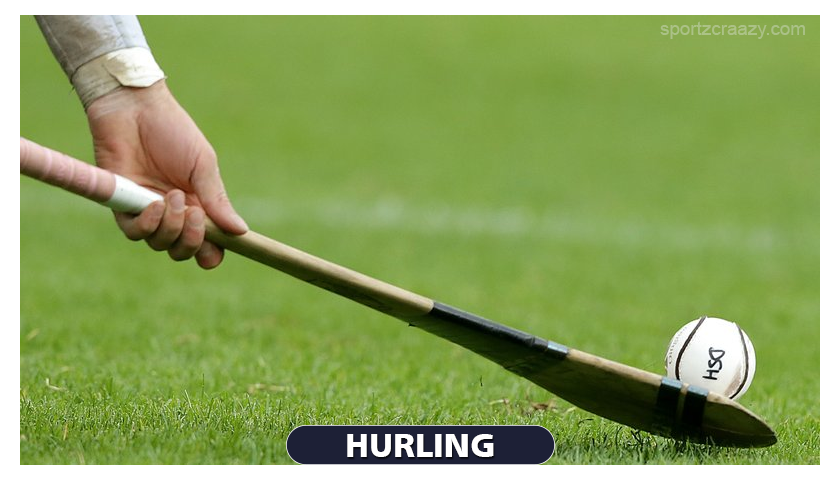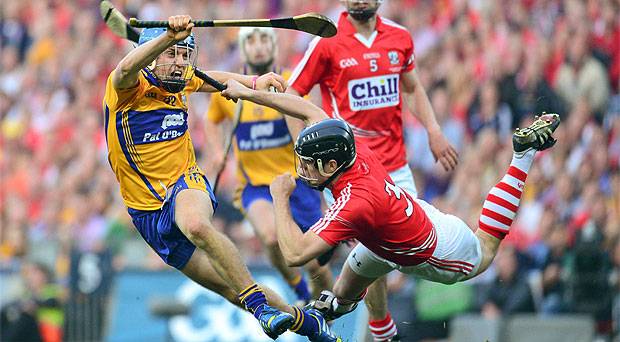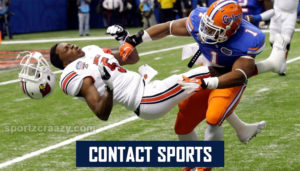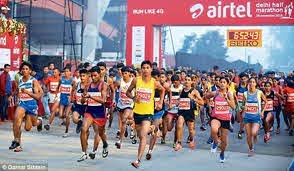The Irish traditional sport of Hurling is often referred to as a bastion of humility but make no mistake. This is only because there are conventionally no player names on jerseys, and instead only a field position index. Other than this, Hurling is a body-contact sport that involves aggressive reflexes and shoulder charges. But this does not put it on the same row as soccer.

History of Hurling
The Gaelic sport has an origin that goes quite far back in history – so far, in fact, that it precedes the recorded history of Ireland itself, predating Christianity. The sticks and stones of it are presumed to have been buttressed and brought forth to Ireland by the Celts. The first recorded mention of it at something of an advanced stage of Hurling’s evolution, only on the fifth century A.D. in the archives of the early Irish laws (a.k.a. Brehon law).
Because of this, its exact trajectory before that is next to untraceable. So far the one thing that can be surmised that Hurling shares its roots with many similar stick-and-ball sports developed and played across the British Isles – bando in the Welsh, and later English playgrounds, shinty in the Scottish fields, and camming, which originated on the Isle of Man.
How it’s Played
To the uninitiated eye, hurling will feel like a complex development over hockey, with a good measure of Rugby thrown in. Proportionally, the set of rules in its entirety is complex and more difficult than, say, football. But it is still quite massive in Ireland. Even though it is played less than soccer, the senior championships in Hurling practically warrant national holidays.
Hurling is played with hurley bats, and a ball called sliotar or sliothars (a name it shares with balls in the very similar offshoots camogie and rounders). It is played between two teams of 15 players each on a large field (usually 145m x 85m). For reference, an international football field is 110m x 75m. At each end of the field’s length, there are goalposts that are usually 2.5m in height and 6.5m in width. The two crossbars extend far beyond the 6.5m crossbar, resembling a rugby post. The same measurements are meticulously followed in the sport of Gaelic football, too.
The Objective
The object of the game is to outscore the opponent, and this is a less dramatic but more paced joyride than football because scores in the game happen very frequently. A player can either hurl the sliotar with the hurley bat into the net for three points, or they can hit the sliotar between the posts above the crossbar, which is much easier, for one point.
This is done against a time limit of 60 minutes (70 minutes for international games), in a set of two half-hour halves, plus stoppage time as decided by the timekeeper referee. Because of the nature of Hurling, there is no easy tiebreaker arrangement like a penalty shootout of football, but a draw instead calls for a full replay of the match. However, in club-based Hurling, these full replays have been dropped in recent years in preference for a 20 minute of extra time play (2 sets of 10-minute extensions) to avoid fixture backlogs and other such constraints.
The Rules
The most intricate bit of the Hurling norms is the rules of moving the ball up the court. If you watch hockey, you will feel familiarized with the general sense of the field composition and movement in Hurling. To outline the do’s and don’ts of ball movement in Hockey:
- A player can move the ball up the pitch by hitting it with the hurley along the ground or in the air.
- A player can move the ball up the pitch by kicking it along the ground like in football.
- A player can also kick it up or lift it in the air with the hurley and then strike it with the hurley.
- The most unique thing about Hurling is a player can also move the ball along with his hurley, so long as he bounces it or balances it on the hurley.
- A moving ball can be caught by a player with his hands in the air too.
- However, a player cannot intercept a ground movement with his hand.
- The basic rules of handling the ball are twofold: firstly, a player cannot take more than four steps with the ball in his hand, and secondly, he only gets to play the ball between his hand and his hurley twice during one possession.
- A mention should be made on a hand-pass: the player can pass the ball to his teammate with his off-hand, but only as long as it is in one sweeping motion and he has his palm stretched.
A shoulder charge can be made to dispossess a player, or under other specific conditions, e.g. when both the contenders are closing in on the ball. This charge is usually made to ‘pull’ the ball, i.e. steal the ball away from the playing hurler with a well-placed swing from the tackler’s own hurley. The other two major kinds of defensive manoeuvres are (1) the block, the most traditional method by directly blocking the player’s strike by trapping the ball’s movement with the tackler’s Hurling, and (2) the hook, where the attacker’s swing is caught by the tackler’s hurley.
Wrestling, jersey-pulling, and tripping, and other standard foul-incurring acts result in a puck, where the opponents are awarded a free strike usually at the location of the foul.
Though mostly adored by Irish peoples and the Irish diaspora across the world, Hurley’s popularity is spread in people from different nationalities and countries too, especially in Argentina, Australia, and North America. Even though it was featured in the Olympics only once in 1904, Hurling enjoys a lot of attention in its various national and international tournaments played all over the world, but most grandiosely in Ireland, with the Felie nan Gael, Poc Fada, or the four major senior Irish hurling championships, along with the year-long National Hurling League.
Also Check:











